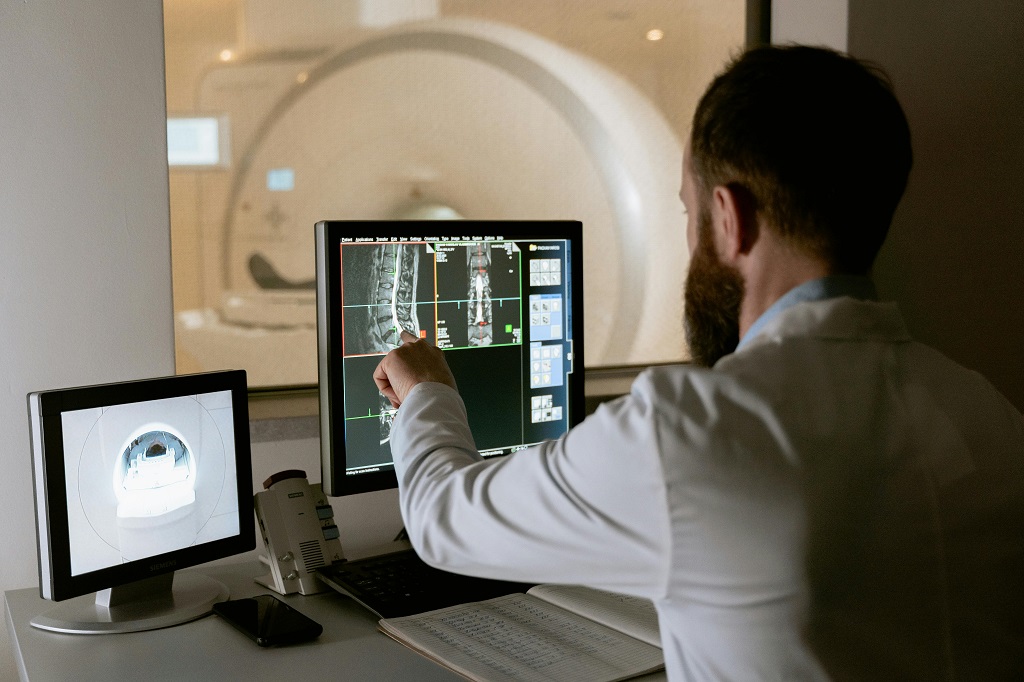- Advanced technologies like IoT and AI are being integrated into facility management to monitor health risks and enhance the comfort and safety of building occupants.
- The synthesis of IoT with Building Information Modeling (BIM) leads to the creation of ‘smart buildings’, optimizing energy use and elevating user experience.
- Smart building elements, such as intelligent HVAC systems and automatic blinds, promote sustainability and improve the quality of life for those within the building.
- Leveraging technology for maintenance and repairs reduces downtime and costs while implementing smart workplace technology promotes employee well-being and productivity.
Imagine walking into a building where technology seamlessly ensures your health and safety. By incorporating advanced technologies like the Internet of Things (IoT), artificial intelligence (AI), and machine learning, buildings can monitor air quality, control temperature, and even manage crowd density. This not only enhances your comfort but also significantly reduces health risks. Stay tuned to discover how technology reshapes facility management for a healthier and safer environment.
Adopting Robust Tech-Driven Solutions
As you delve deeper into the era of digitalization, you should explore how adopting robust tech-driven solutions is revolutionizing how we design, operate, and experience built spaces. Here are some tips:
Embracing Smart Technology for Infection Control

Embracing smart technology is becoming critical in infection control in modern buildings. Advanced IoT sensor systems can detect and monitor harmful pathogens in real time, ensuring the implementation of necessary measures to maintain a safe and healthy environment. These systems can be combined with AI algorithms to predict potential outbreaks, triggering immediate responses such as increased sanitization or ventilation.
Contact traceability features can also be integrated into such systems, allowing facility managers to track virus transmission and implement targeted isolation measures when necessary. This strategic use of technology contributes to the physical well-being of building occupants and enhances their peace of mind in these challenging times.
Synthesizing IoT with Building Information Modeling (BIM)
Synthesizing IoT with Building Information Modeling (BIM) represents the next leap in facility management. By merging BIM’s ability to provide comprehensive digital representations of physical and functional characteristics of buildings with IoT’s real-time data capture and analysis, we can create ‘smart buildings’ that are highly efficient, safe, and adaptive.
These buildings can self-regulate temperature, humidity, and light levels based on occupancy and usage patterns, optimizing energy use and enhancing user comfort. Moreover, by providing valuable insights into building performance and maintenance needs, this integration can also aid in proactive facility management, reducing operational costs. This synthesis of IoT and BIM propels us towards a sustainable future and elevates the user experience to unprecedented levels.
Incorporating Smart Building Elements
Incorporating smart building elements is yet another trend that is gaining traction in the field of facility management. These elements encompass features such as smart lighting systems, smart HVAC systems, automatic blinds, and automated energy systems, all designed to enhance comfort and energy efficiency.
For instance, smart lighting systems can adapt to natural light levels, conserving energy during daylight hours, while automatic blinds can adjust according to the sun’s position, maintaining optimal indoor temperatures.
Furthermore, by integrating AI and machine learning algorithms, these systems can learn and adapt to the occupants’ behavior and preferences, providing a personalized and intuitive user experience. This shift towards intelligent building elements is beneficial in promoting a more sustainable and efficient use of resources. It significantly improves the quality of life of those within the building.
Utilizing Log Book & Record Keeping

Utilizing a log book and record-keeping system is crucial in facility management, especially when dealing with potential health risks such as legionella. A reputable Legionella log book and record-keeping system is a meticulously designed tool to track every task carried out in response to a Legionella risk assessment.
It serves as a central repository for all records related to legionella control procedures, including sampling results, temperature checks, tank cleaning, and chlorination measures. This system provides a comprehensive overview of all the preventative measures employed, ensuring that all health and safety protocols are followed.
It also helps maintain accountability, as specific tasks can be assigned to appointed persons, and their performance can be tracked and audited, thereby, upholding the highest health and safety standards.
Leveraging Technology for Maintenance and Repairs
Leveraging technology for maintenance and repairs is another significant stride in facility management. Technology-driven solutions like predictive maintenance tools can radically reduce downtime and repair costs. By analyzing real-time data from IoT sensors, these tools can anticipate potential system failures and trigger timely intervention, averting catastrophic breakdowns.
Furthermore, these tools enable the remote monitoring of building systems, facilitating prompt and efficient responses to any issues. In addition, digital platforms can streamline the process of logging maintenance requests and tracking their progress, improving communication between facility managers and building occupants. This proactive approach to maintenance and repair, made possible by technology, ensures the smooth operation of buildings, enhancing the comfort and satisfaction of occupants.
Implementing Smart Workplace Technology for Employee Well-being
In today’s increasingly digital world, implementing smart workplace technology for employee well-being is no longer a luxury but a necessity. By integrating IoT devices, AI, and wellness apps into the workplace, organizations can foster an environment that promotes physical health, mental well-being, and overall productivity.
These technologies can be used to monitor indoor air quality, control lighting, and even adapt workstations to the individual needs of employees, creating a workspace that is not only comfortable but also conducive to good health.
Furthermore, wellness apps can provide personalized health tips, promote regular exercise, and encourage mindfulness practices, supporting employees in maintaining a balanced and healthy lifestyle. This emphasis on employee well-being demonstrates a company’s commitment to its workforce, which can bolster employee satisfaction and retention.
In conclusion, embracing the power of technology in your facility management strategies can greatly enhance the health, safety, and well-being of building occupants. Don’t miss out on the opportunity to create a safer, healthier, and more sustainable environment. Start harnessing technology for your facility management needs today!
